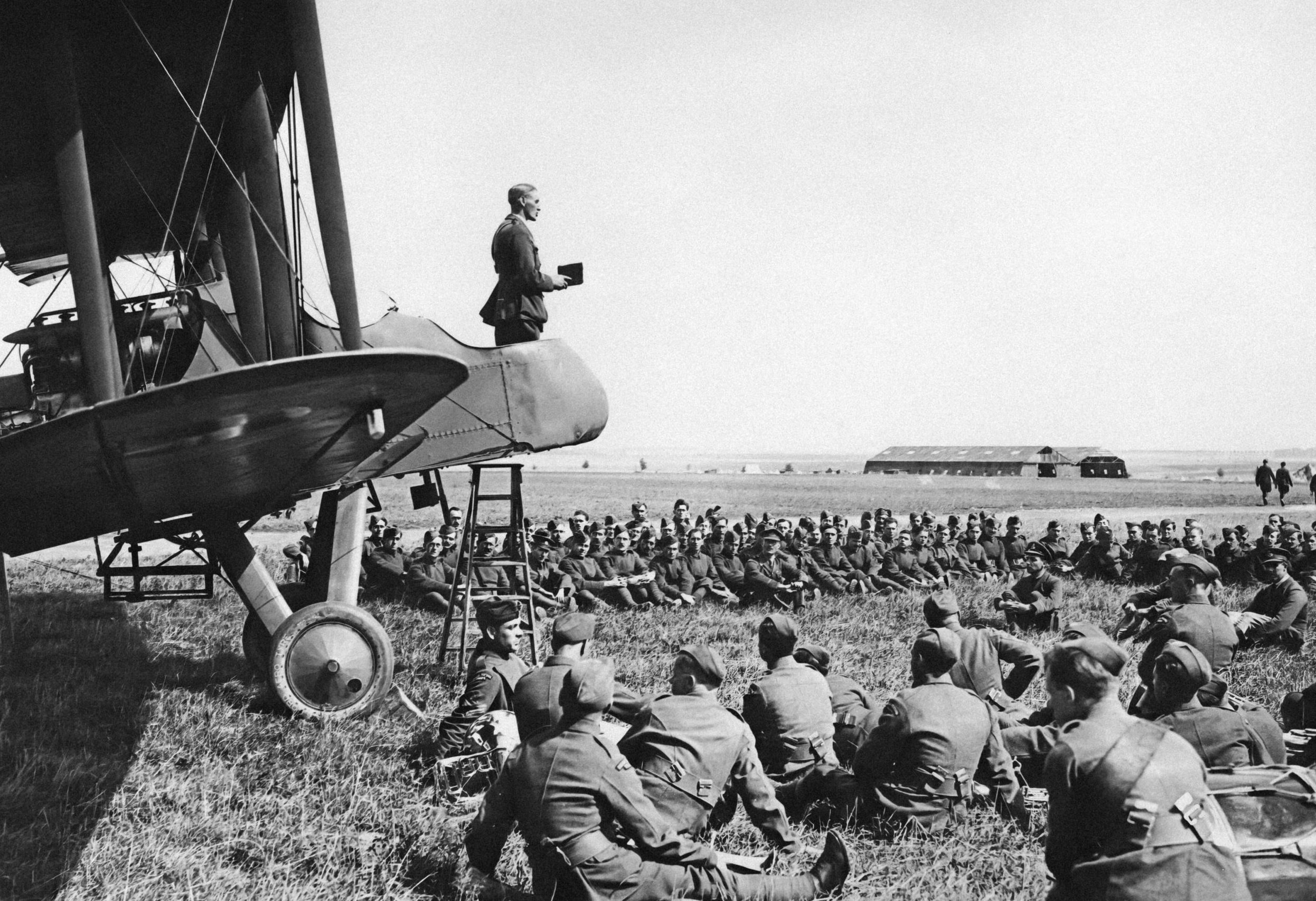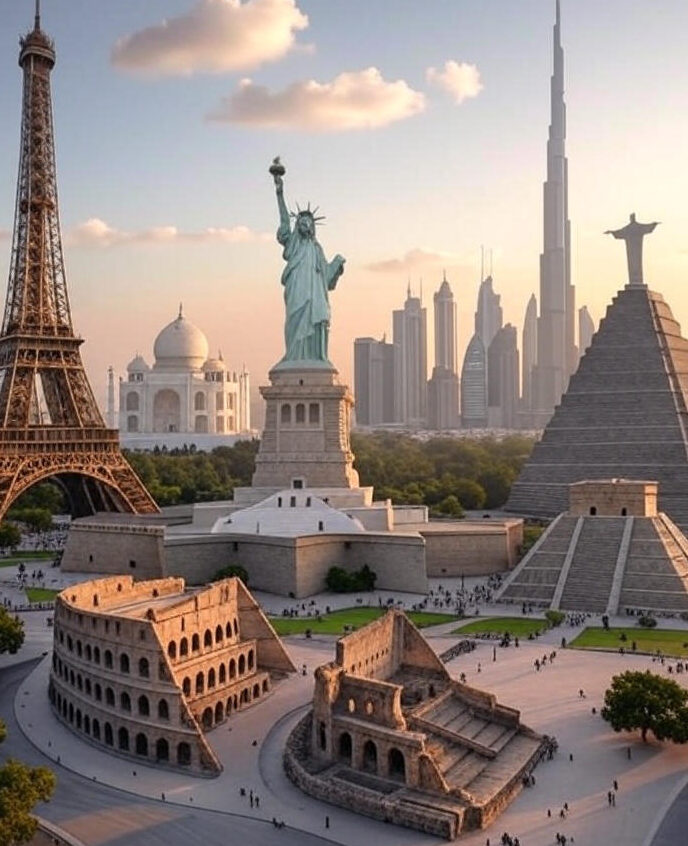A World War is a global military conflict involving many of the world’s major powers, typically spanning multiple continents and involving significant economic, political, and social consequences. To date, history recognizes two major world wars: World War I (1914–1918) and World War II (1939–1945). Below is a detailed exploration of what constitutes a world war, how they started, their frequency, causes, and their profound effects on global politics, including modern implications.
A World War is a large-scale military conflict involving multiple major nations across different continents, resulting in massive geopolitical, economic, and social upheaval. Key characteristics include:
Global involvement: Major powers and their colonies.
Widespread military operations across continents, seas, and air.
Massive civilian and military casualties.
Long-lasting geopolitical consequences.
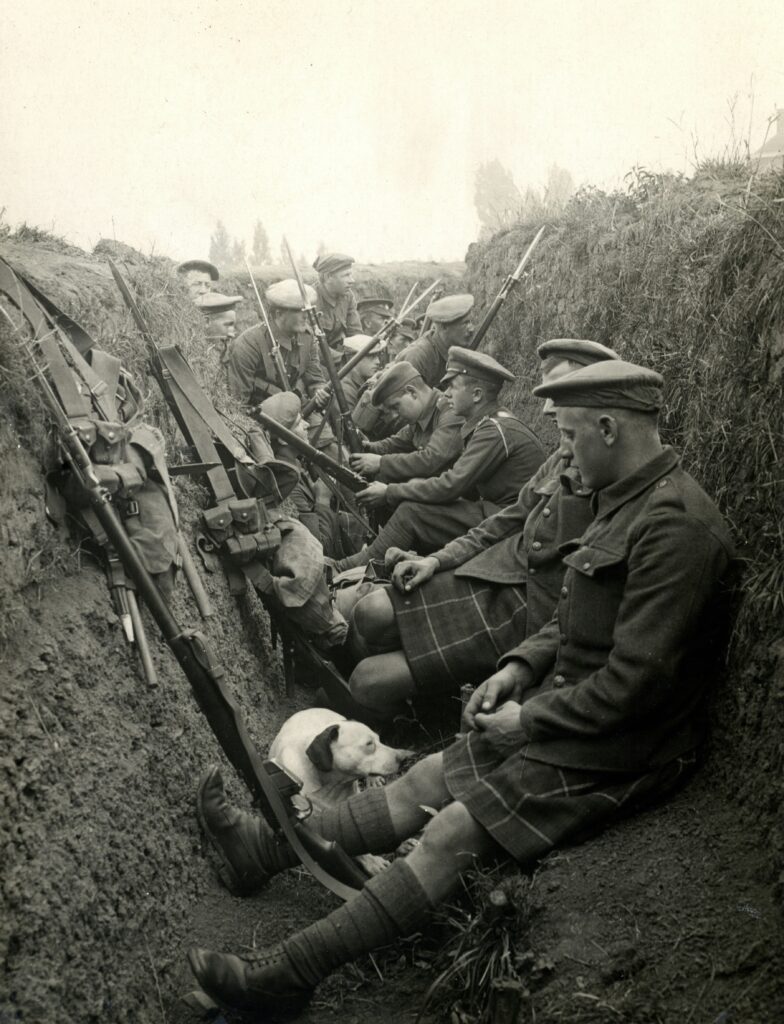
soldiers on wars
How Many World Wars Have Occurred?
Officially, two World Wars have been recognized in modern history:
| World War I (1914–1918) | 1914–1918 | Allies (UK, France, Russia) vs. Central Powers (Germany, Austria-Hungary) | ~20 million dead | Treaty of Versailles, League of Nations |
| World War II (1939–1945) | 1939–1945 | Allies (US, UK, USSR) vs. Axis (Germany, Japan, Italy) | ~70–85 million dead | UN Formation, Cold War |
World War I (1914–1918): The Great War
Detailed Causes
World War I arose from a web of interconnected factors:
- Imperial Rivalries: European powers competed for colonies in Africa and Asia, creating friction over resources and prestige. For example, Germany’s desire for a “place in the sun” challenged Britain’s colonial dominance.
- Militarism: The arms race saw Germany and Britain build massive navies (e.g., Britain’s Dreadnought battleships). By 1914, Germany had 2.2 million soldiers, and Russia had 5.9 million mobilized troops.
- Nationalism: Ethnic tensions in the Balkans, combined with pan-Slavic movements, destabilized Austria-Hungary. Germany’s aggressive nationalism under Kaiser Wilhelm II sought global dominance.
- Alliance Systems: The Triple Entente (Britain, France, Russia) and Triple Alliance (Germany, Austria-Hungary, Italy) created a domino effect, where one conflict could pull in all allies.
- Balkan Instability: The Balkans were a hotspot due to declining Ottoman control and Slavic nationalism. Austria-Hungary’s annexation of Bosnia in 1908 inflamed tensions with Serbia.
- Trigger Event: The assassination of Archduke Franz Ferdinand on June 28, 1914, by Gavrilo Princip, a member of the Black Hand, a Serbian nationalist group, set off a chain reaction:
- Austria-Hungary issued an ultimatum to Serbia.
- Russia backed Serbia, Germany supported Austria-Hungary, and France and Britain were drawn in via alliances.
Interesting Fact: The assassination was nearly a failure. A bomb thrown at Franz Ferdinand’s car earlier that day missed, and Princip only succeeded because the Archduke’s driver took a wrong turn, stopping near Princip by chance.
Key Events and Scope
- Trench Warfare: The Western Front (France, Belgium) saw brutal trench warfare, with millions living in muddy, disease-ridden trenches. The Battle of the Somme (1916) resulted in over 1 million casualties.
- Global Reach: The war involved 32 nations, including colonies in Africa, Asia, and the Middle East. Japan joined the Allies to seize German territories in Asia, while the Ottoman Empire fought with the Central Powers.
- Technological Advances: World War I introduced tanks, chemical weapons (e.g., mustard gas), and early aircraft. Submarines (U-boats) disrupted Allied shipping.
- U.S. Entry: The U.S. entered in 1917 after Germany’s unrestricted submarine warfare sank ships like the Lusitania (1915, killing 1,198, including 128 Americans) and the Zimmermann Telegram, where Germany proposed a Mexican alliance against the U.S.
- End of the War: The Armistice of Compiègne on November 11, 1918, ended fighting. The Treaty of Versailles (1919) imposed harsh terms on Germany, including $33 billion in reparations (equivalent to $500 billion today).
Interesting Fact: The war’s final shot was fired by Canadian soldier George Lawrence Price, killed two minutes before the armistice at 11 a.m. on November 11, 1918.
Political and Social Impact
- Collapse of Empires: The German, Austro-Hungarian, Ottoman, and Russian empires fell, leading to new nations like Poland, Czechoslovakia, and Yugoslavia.
- Treaty of Versailles Fallout: Germany’s humiliation fuelled resentment, contributing to the rise of Hitler. The treaty also redrew Middle Eastern borders, creating modern states like Iraq and Syria, often with arbitrary lines causing ongoing conflicts.
- League of Nations: Established in 1920 to prevent future wars, it was weakened by the U.S.’s refusal to join and lack of enforcement power.
- Social Shifts: Women took on industrial roles, accelerating suffrage movements (e.g., U.S. women gained the vote in 1920). The war also radicalized politics, leading to the Russian Revolution (1917) and the rise of communism.
Interesting Fact: The Spanish Flu (1918–1919), exacerbated by wartime conditions, killed 50–100 million people—more than the war itself (16 million deaths).
World War II (1939–1945): The Global Catastrophe
Detailed Causes
World War II stemmed from unresolved World War I issues and new aggressive ideologies:
- Versailles Resentment: Germany’s economic struggles under reparations and territorial losses fueled Adolf Hitler’s rise. By 1933, the Nazis controlled Germany, promising to restore national pride.
- Economic Crisis: The Great Depression (1929–1939) caused mass unemployment, enabling extremist leaders like Hitler, Mussolini (Italy), and militarists in Japan.
- Totalitarian Regimes:
- Germany: Hitler pursued Lebensraum (living space) through territorial expansion.
- Italy: Mussolini sought a new Roman Empire, invading Ethiopia (1935).
- Japan: Militarists aimed to dominate Asia, invading Manchuria (1931) and China (1937).
- Appeasement: Britain and France allowed Germany to annex Austria (1938) and Czechoslovakia’s Sudetenland (1938 Munich Agreement), hoping to avoid war.
- Axis vs. Allies: The Axis Powers (Germany, Italy, Japan) faced the Allies (Britain, France, later the U.S., Soviet Union, China).
- Trigger Event: Germany’s invasion of Poland on September 1, 1939, using blitzkrieg tactics, prompted Britain and France to declare war. The Soviet Union, via the Molotov-Ribbentrop Pact, also invaded Poland, dividing it.
Interesting Fact: The Molotov-Ribbentrop Pact included a secret protocol dividing Eastern Europe between Germany and the Soviet Union, only revealed after the war.
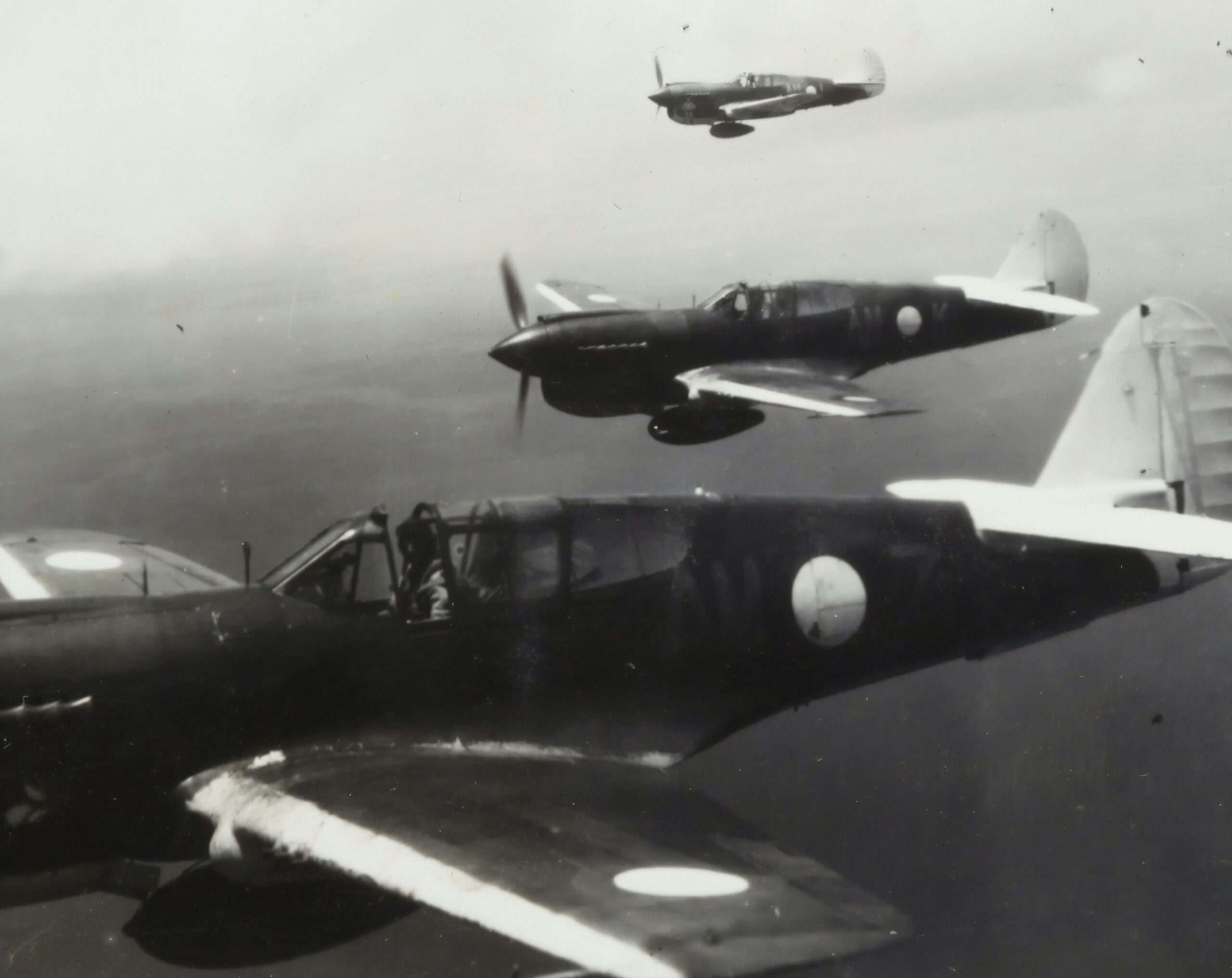
Key Events and Scope
- Early Axis Successes: Germany conquered France (1940), Norway, Denmark, and the Low Countries. Japan seized much of Southeast Asia, attacking Pearl Harbor (December 7, 1941), bringing the U.S. into the war.
- Global Scale: Over 70 countries were involved, with battles in Europe, Asia, Africa, and the Pacific. The war killed 70–85 million people (3% of the world’s population).
- Holocaust: Nazi Germany’s systematic genocide killed 6 million Jews, alongside millions of Romani, disabled people, and political dissidents, in camps like Auschwitz.
- Turning Points:
- Battle of Britain (1940): The RAF repelled Germany’s air invasion, preventing a ground assault.
- Battle of Stalingrad (1942–1943): Soviet victory halted Germany’s Eastern advance, with 2 million casualties.
- D-Day (June 6, 1944): The Allied invasion of Normandy involved 156,000 troops, marking the beginning of Western Europe’s liberation.
- End of the War:
- Europe: Germany surrendered on May 8, 1945 (V-E Day) after Hitler’s suicide and Berlin’s fall.
- Pacific: Japan surrendered on August 15, 1945 (V-J Day) after the U.S. dropped atomic bombs on Hiroshima (August 6) and Nagasaki (August 9), killing 120,000–200,000 instantly.
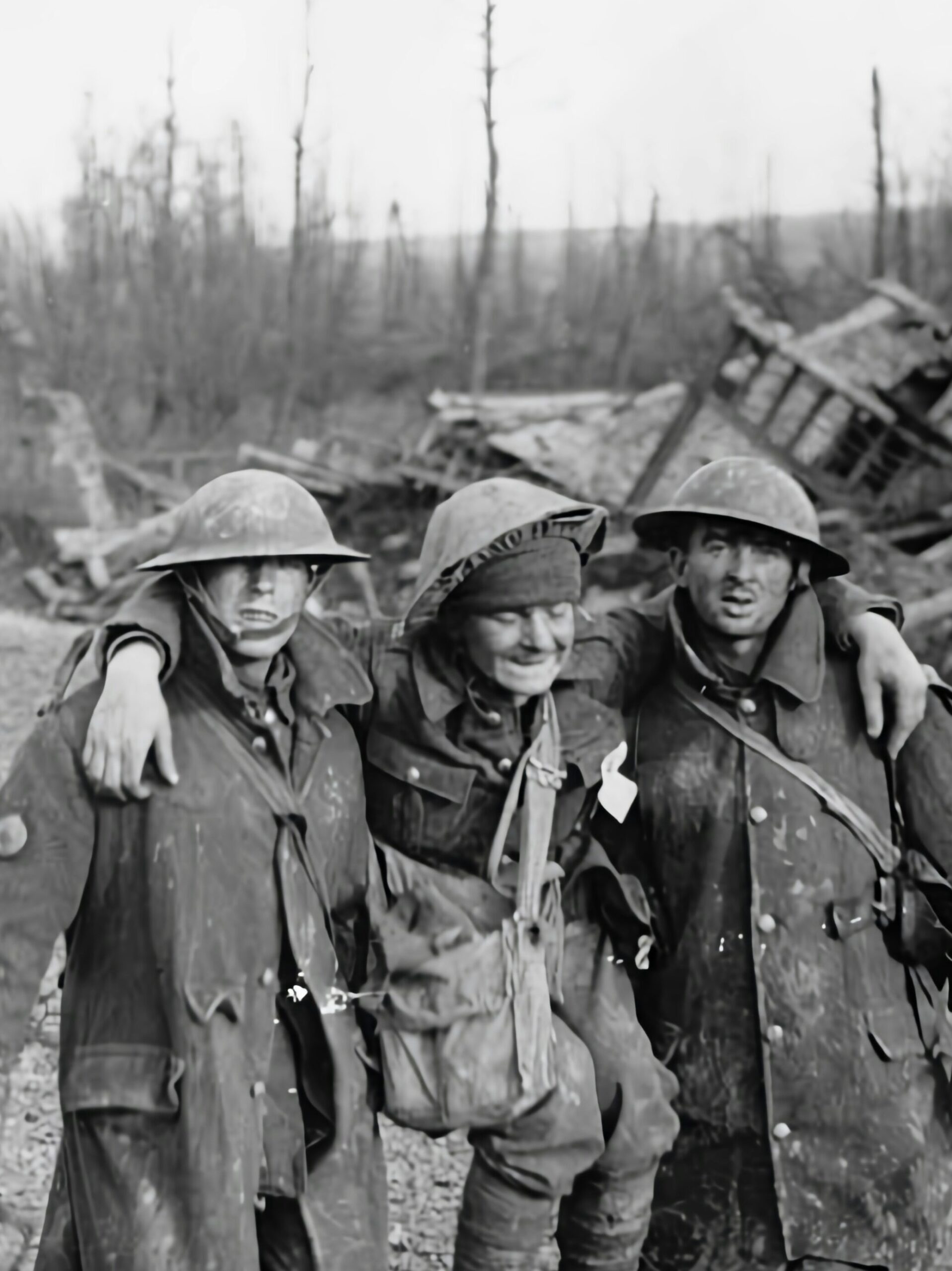
Interesting Fact: The Enigma machine, used by Germany for encrypted communications, was cracked by Allied codebreakers at Bletchley Park, including Alan Turing, shortening the war by an estimated two years.
Political and Social Impact
- Superpower Rivalry: The U.S. and Soviet Union emerged as superpowers, leading to the Cold War (1947–1991), a period of ideological and military tension.
- United Nations: Founded in 1945 with 51 member states, the UN aimed to prevent future wars, with a Security Council including permanent members (U.S., Soviet Union, UK, France, China).
- Decolonization: Weakened European powers led to independence movements in India (1947), Indonesia (1949), and African nations (1950s–60s).
- Iron Curtain: Europe was divided into Western (NATO) and Eastern (Warsaw Pact) blocs, with Germany split into East and West until 1990.
- Economic Reconstruction: The U.S. Marshall Plan (1948–1952) provided $13 billion (over $135 billion today) to rebuild Western Europe. Japan’s post-war constitution, imposed by the U.S., fostered a pacifist democracy.
Interesting Fact: The first programmable computer, Colossus, was developed during WWII to break German codes, laying the foundation for modern computing.
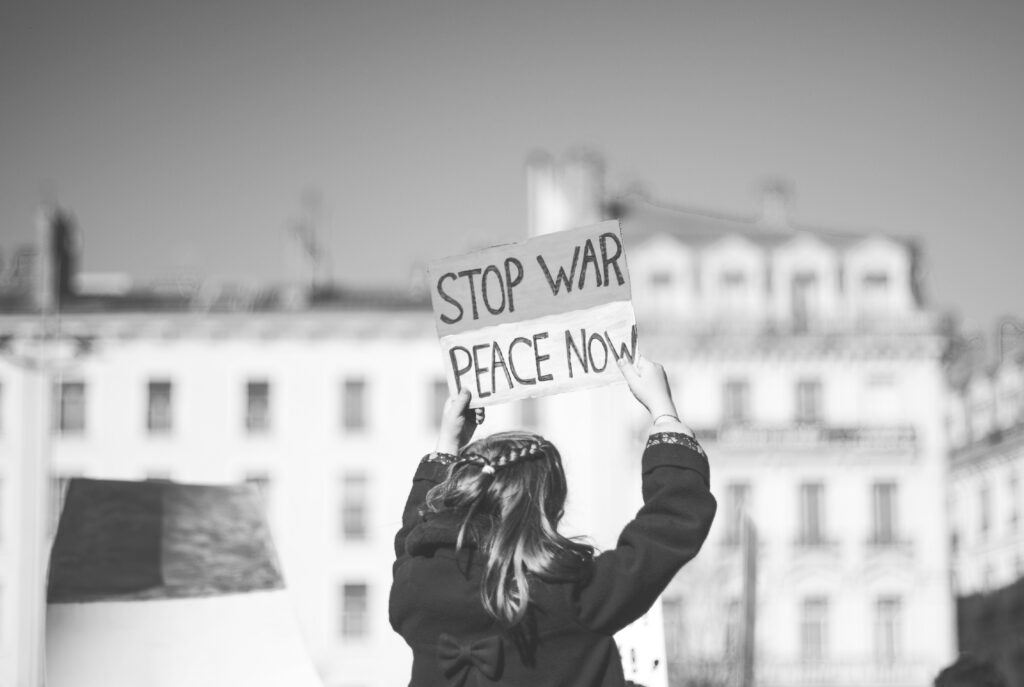
Frequency of World Wars
Only two conflicts are classified as world wars:
- World War I (1914–1918).
- World War II (1939–1945).
Other global conflicts, like the Seven Years’ War (1756–1763), involved multiple continents but lacked the scale and impact to be labeled world wars. No third world war has occurred, though Cold War proxy conflicts (e.g., Korea, Vietnam) and modern tensions raise concerns.
Interesting Fact: The term “World War” was first used in 1914 by German biologist Ernst Haeckel, who called WWI the “first world war” due to its global scope.
Why World Wars Were Declared
World wars arose from:
- Alliance Obligations: Mutual defense pacts (e.g., Entente, Axis) escalated local conflicts into global ones.
- Territorial Ambitions: Germany’s quest for European dominance and Japan’s Pacific expansion drove aggression.
- Ideological Clashes: Fascism, communism, and democracy collided in WWII, with totalitarian regimes seeking to impose their systems.
- Economic Pressures: Resource competition (e.g., oil, colonies) and economic crises fueled militarism.
- Trigger Events: Assassinations (WWI) and invasions (WWII) acted as catalysts for underlying tensions.
Interesting Fact: During WWI, Christmas truces in 1914 saw soldiers from both sides briefly cease fighting to exchange gifts and play soccer in no-man’s-land.
Impact on World Politics: Historical and Modern Aspects
Historical Impacts
- Power Shifts: World War I ended monarchies, while World War II established the U.S. and Soviet Union as superpowers, diminishing European dominance.
- International Organizations: The League of Nations (1920) failed, but the UN (1945) became a cornerstone of global diplomacy, though its Security Council veto power often stalls action.
- Cold War: The U.S.-Soviet rivalry led to proxy wars (e.g., Vietnam, Afghanistan) and an arms race, with 70,000 nuclear warheads by the 1980s.
- Human Rights: The Holocaust spurred the Universal Declaration of Human Rights (1948), shaping modern international law.
Modern Implications
- Global Governance: The UN, NATO, and WTO continue to shape geopolitics, though criticized for inefficiencies or Western bias.
- Regional Instability: Arbitrary borders from post-war treaties (e.g., Sykes-Picot Agreement for the Middle East) contribute to conflicts in Iraq, Syria, and Palestine.
- Nuclear Diplomacy: The atomic bombs of WWII introduced a nuclear deterrence doctrine, with nine countries now possessing nuclear weapons.
- Rise of Asia: Japan’s post-war economic miracle and China’s rise (accelerated by WWII’s weakening of colonial powers) shifted global power eastward.
- Cyber and Information Warfare: WWII’s technological advancements (e.g., radar, computers) evolved into modern cyber warfare, with nations like China and Russia using digital tools to influence global politics.
- Nationalism vs. Globalism: The wars’ legacies fuel debates over sovereignty (e.g., Brexit, populist movements) versus global cooperation (e.g., climate agreements).
Interesting Fact: The Nuremberg Trials (1945–1946) after WWII established the principle of individual accountability for war crimes, a precedent for modern international courts like the ICC.
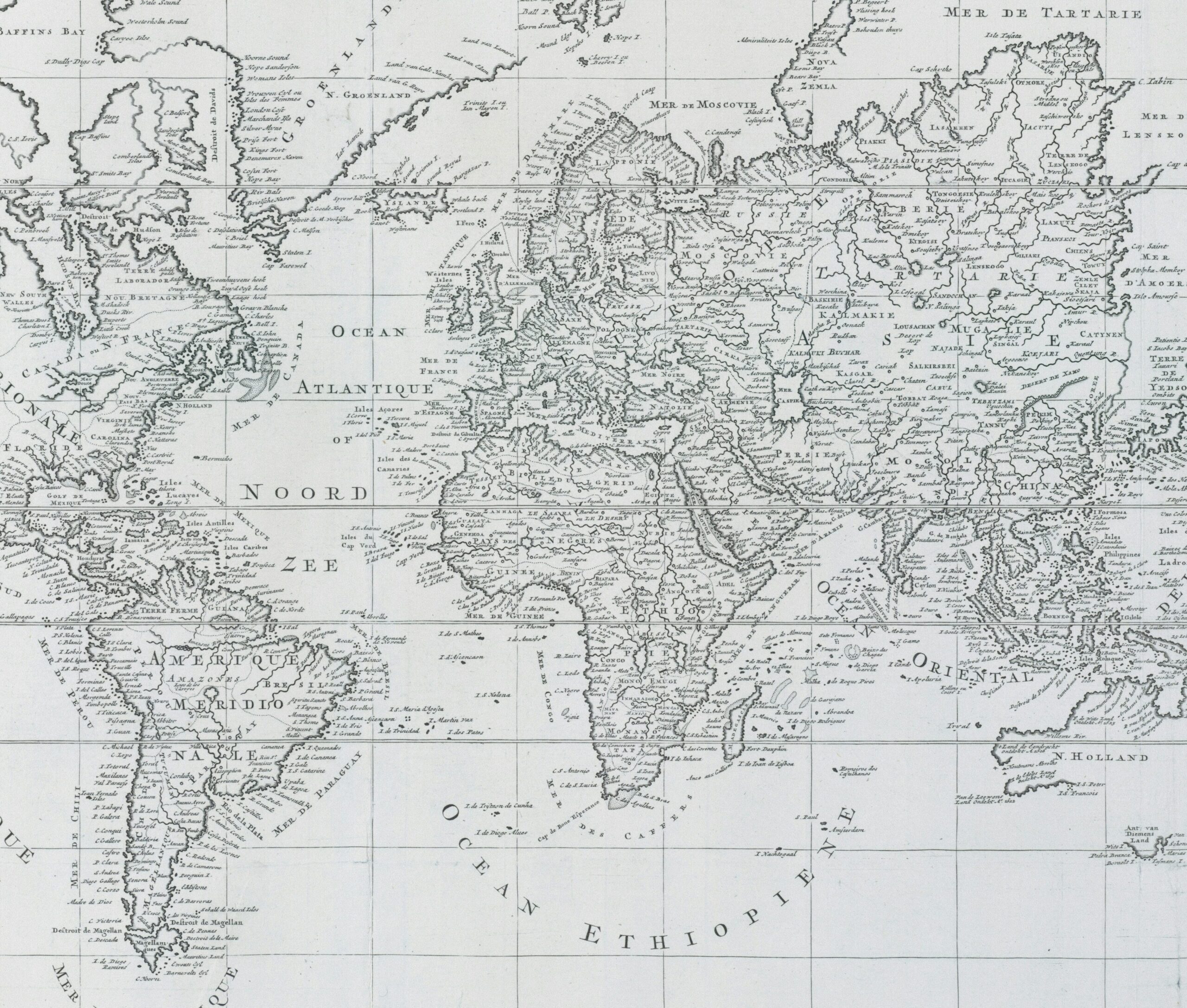
Additional Fascinating Facts
- WWI Animals: Over 16 million animals (horses, dogs, pigeons) were used in WWI for transport and communication. Carrier pigeons delivered messages across battlefields, with one, Cher Ami, saving 194 soldiers by delivering a message despite being shot.
- WWII’s Female Spies: Women like Nancy Wake (Allied spy in France) and Violette Szabo played critical roles in resistance movements, often overlooked in traditional histories.
- Economic Scale: WWII cost the U.S. $4 trillion (adjusted for inflation), while Germany’s war debt lingered into the 21st century, with final WWI reparations paid in 2010.
- Cultural Impact: WWII inspired iconic works like Anne Frank’s diary and films like Casablanca (1942), shaping modern perceptions of the era.
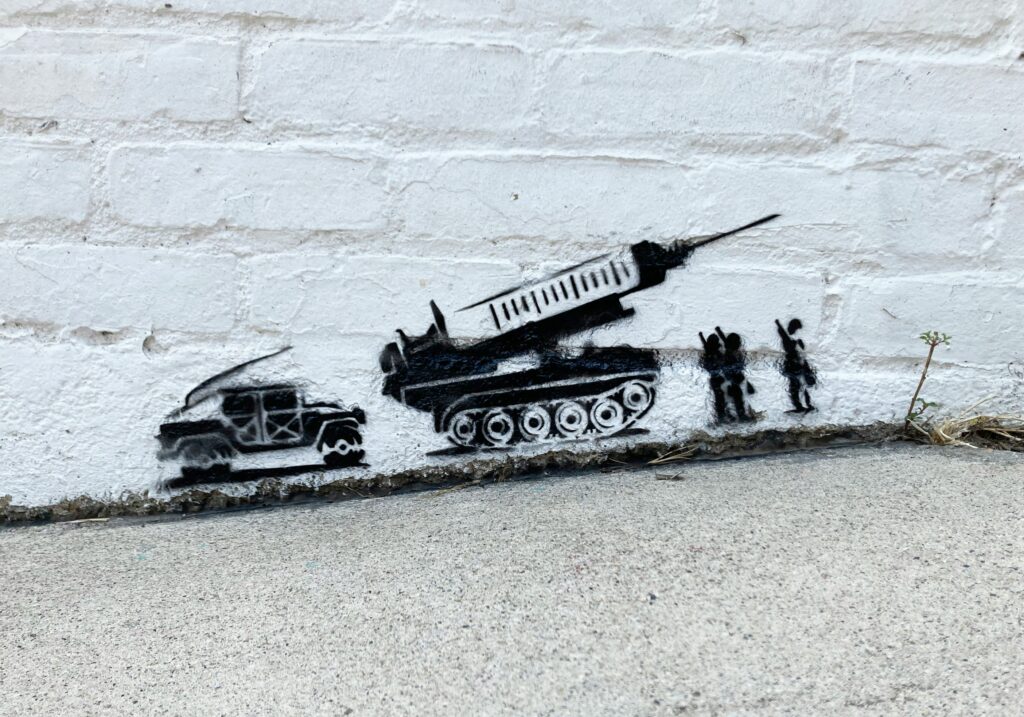
Was There a World War III?
- No official “WWIII” has occurred, but several conflicts (Cold War, Ukraine War) have been speculated as potential triggers.
- Nuclear deterrence (MAD doctrine) has prevented global-scale war since 1945.
Conclusion
World War I and II were defining moments in history, driven by imperial rivalries, economic crises, and ideological conflicts. They killed over 100 million people, redrew maps, and reshaped global politics, creating the modern world of superpowers, international organizations, and ongoing tensions. Their legacies—decolonization, the Cold War, nuclear diplomacy, and technological advancements—continue to influence geopolitics in 2025. Fascinating stories, from codebreakers to Christmas truces, highlight the human and societal dimensions of these global conflicts, reminding us of the stakes in preventing a third world war.











